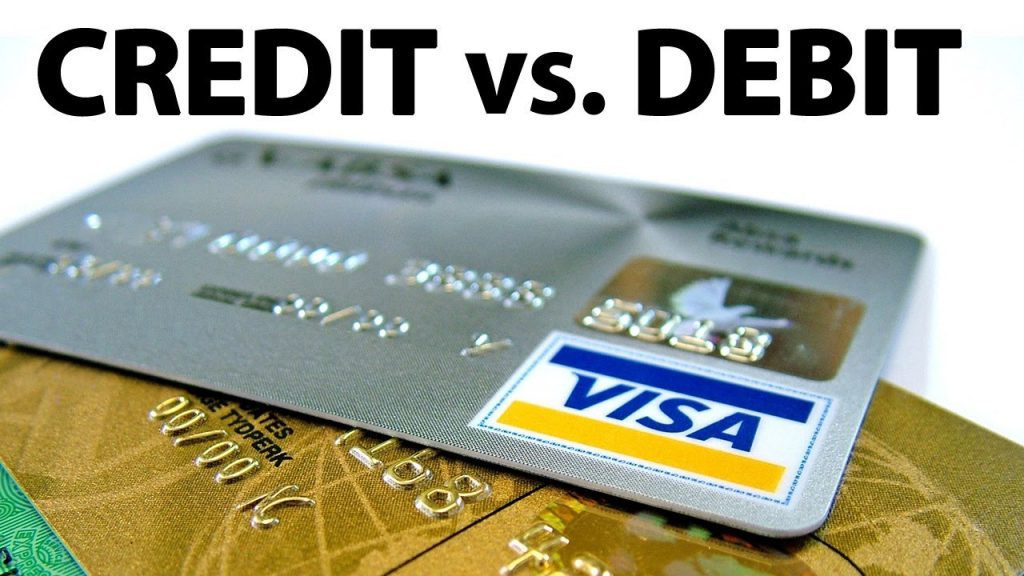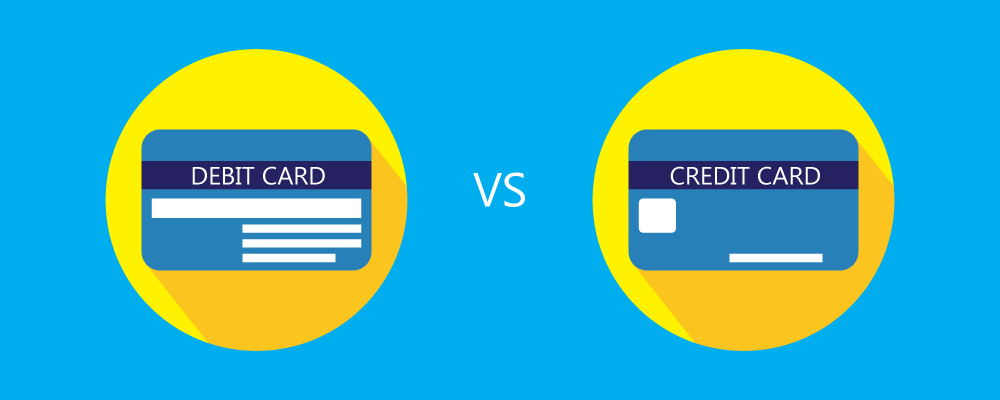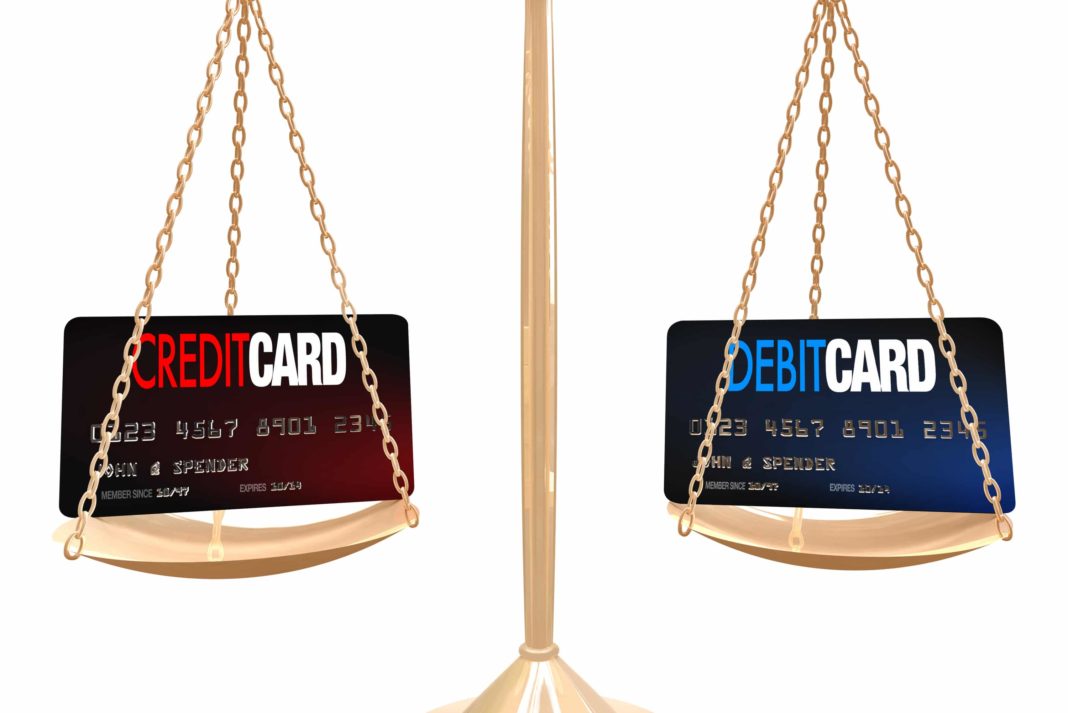Despite their similarities, however, both debit and credit cards are different in terms of spending/withdrawal behavior, use cases, and purposes. Do you get confused when you hear debit and credit cards mentioned in the bank, retails stores or anywhere at all? I’m pretty sure you’re not alone. You should continue reading to find out the differences between both cards.
Debit card
As mentioned earlier, a debit card looks exactly like a credit card. The difference, however, is that debit cards are issued by banks or other financial institutions to customers solely for the purposes of remotely accessing funds in their accounts without having to visit the banks. Say you have $500 in your acct at Bank XYZ, with a debit card, you can access/withdraw the $500 at any time or use it pay for goods and services online or offline without having to visit the bank. Customers/holders of debit cards are placed on a “Pay first, enjoy later” system where the bank (or card issuer) places a hold on whatever amount you spend on the card and immediately deducts it from the account linked to the card. Some institutions could delay deduction for as long as 24 hours or beyond. If you try to purchase an item or withdraw cash using your debit card without having money in your account, your card will be declined at the point of transaction and an “insufficient funds” error will be displayed. Otherwise, there’s no limit to the amount you can spend or withdraw using a debit card.
Credit cards
Compared to debit card, credit card is more than just a plastic card but rather, a financial instrument. Unlike debit cards where you need to have sufficient funds in your account to perform any withdrawal, purchase, or payment, credit card enables customers pay for items and services without having money in their account. Credit cards are majorly issued by banks to customers based on terms agreed upon by both parties. Armed with a credit card, a consumer pay for services with money borrowed from the card issuer (i.e. bank) up to a certain limit. For clarity, with a credit card, you can pay for a $1,000 smartphone at a gadgets store without having the $1,000. When you swipe your card at the store, you are basically borrowing $1,000 from the bank/credit card company to pay the phone store. You can use a credit card for multiple transactions without having a dime in your account; your credit card company/bank will front you the payment upfront but eventually, you will have to pay back the amount spent with a specified interest, at a specified time. Credit card holders are serviced by institutions on a “Buy now, pay later” model. The bank loans you money based on your line of credit. Line of credit (also called Credit Limit) basically refers to the maximum amount you can spend using the card. Once you hit your credit limit, further transactions will be declined. Usually, the credit limit depends on factors such as monthly income as well as credit history. The higher these factors are, the higher the credit limit the bank places on your credit card. Conclusively, you should also know that at the end of every month, the bank or credit card company sends a bill or detail of money spent on your credit card and you’re expected to repay a minimum amount (as specified by the bank) or everything in full.
Cash Withdrawals
Another difference between debit and credit cards is that you can withdraw cash from ATMs using any debit card. As long as you have enough funds in your bank account, you can withdraw cash whenever you like using a debit card. The case isn’t the same with credit cards. Some card issuer and financial institutions do not allow cardholders and customers withdraw cash using credit cards. Those whose credit cards support cash withdrawals charge extras fees when customers use their cards for such purposes.
Application Process
When you open a new account in a bank, you are automatically qualified for a debit card. In most cases, the bank creates a debit card for your account and mails it to you. For credit cards, an application has to be made at the institution. And depending on the bank or company, credit card application could be filled online while some banks would require your physical presence. As soon as you submit an application, the bank or credit card company will perform a “credit and income” check on you and will either accept or decline your request.
Conclusion
To summarize it all, both credit and debit cards can be used for both personal and business purposes. Likewise, they can both be used to pay for goods and services (online and offline) at any point of payment where cards are accepted as a form of payments. The major difference between a credit card and debit card, however, is that the former uses borrowed money to pay for stuff while the latter uses money the holder owns.





